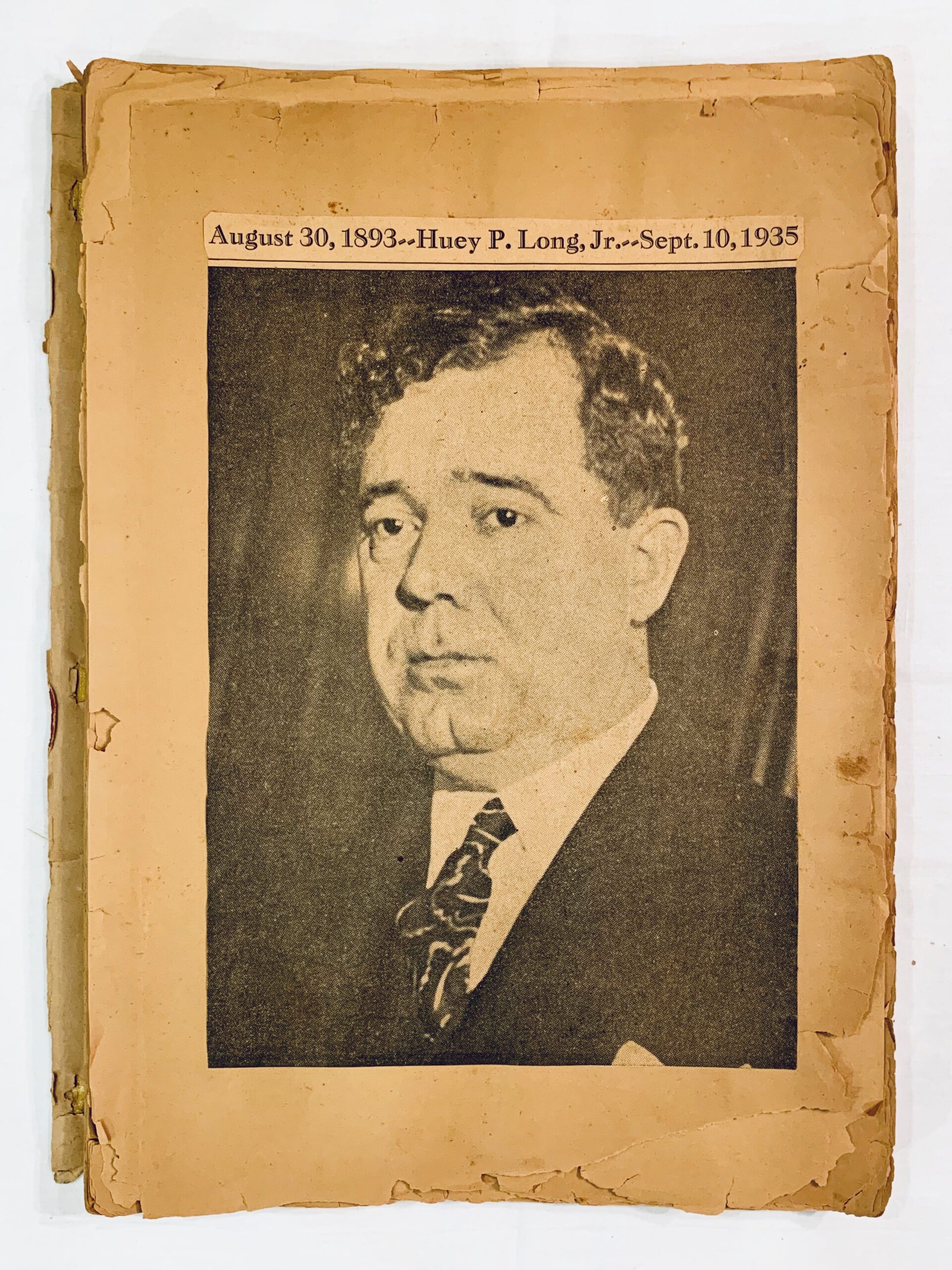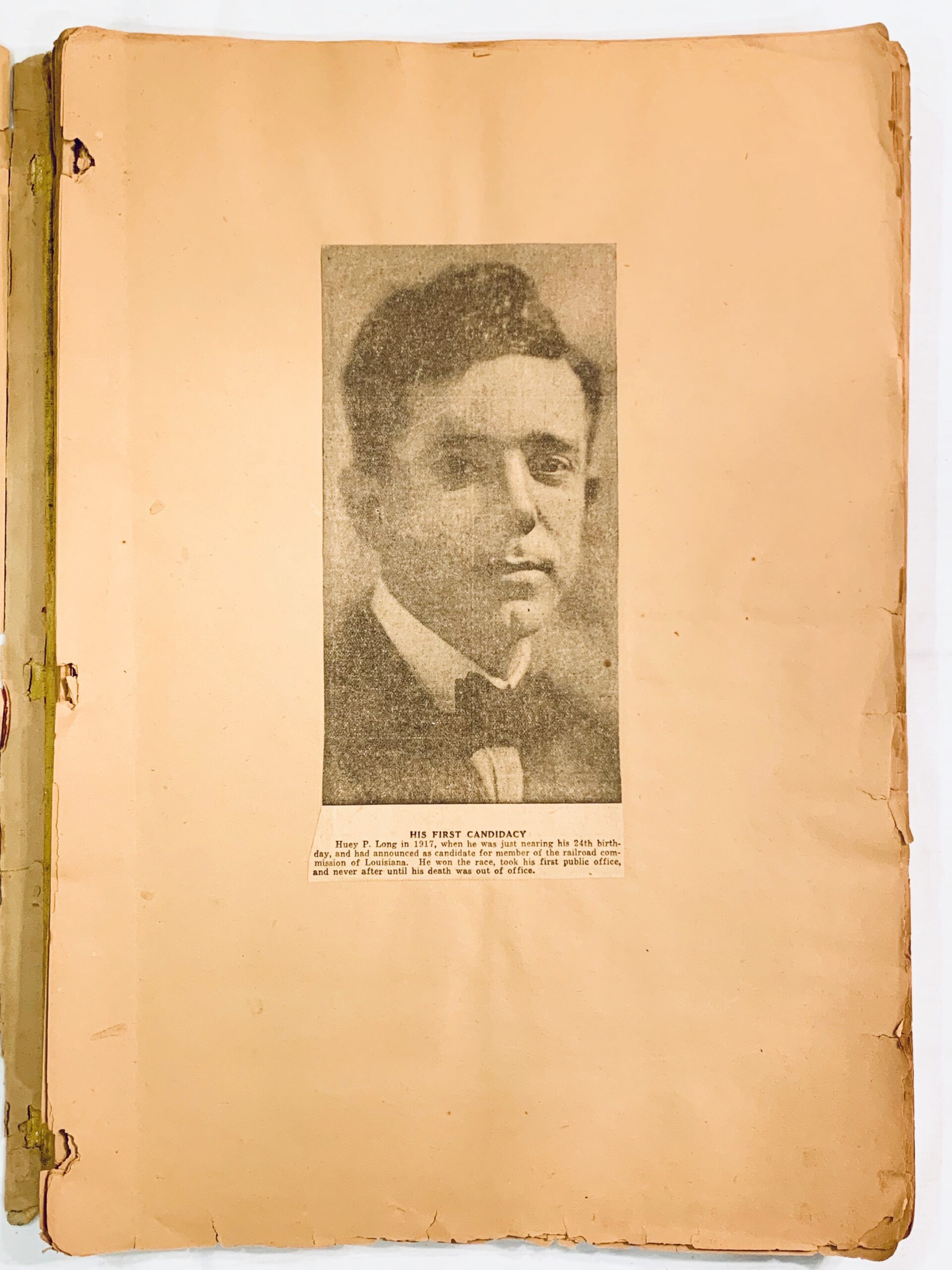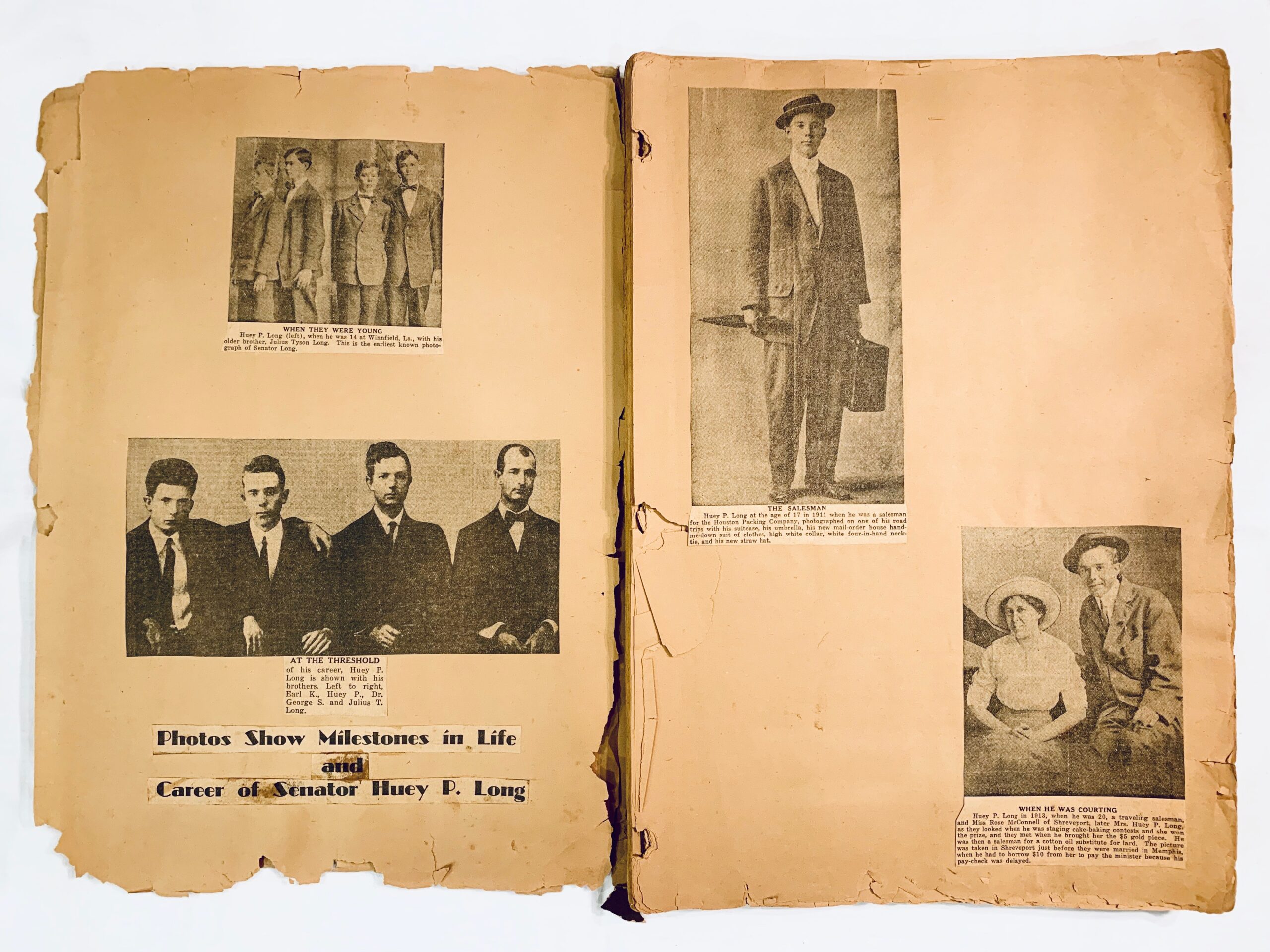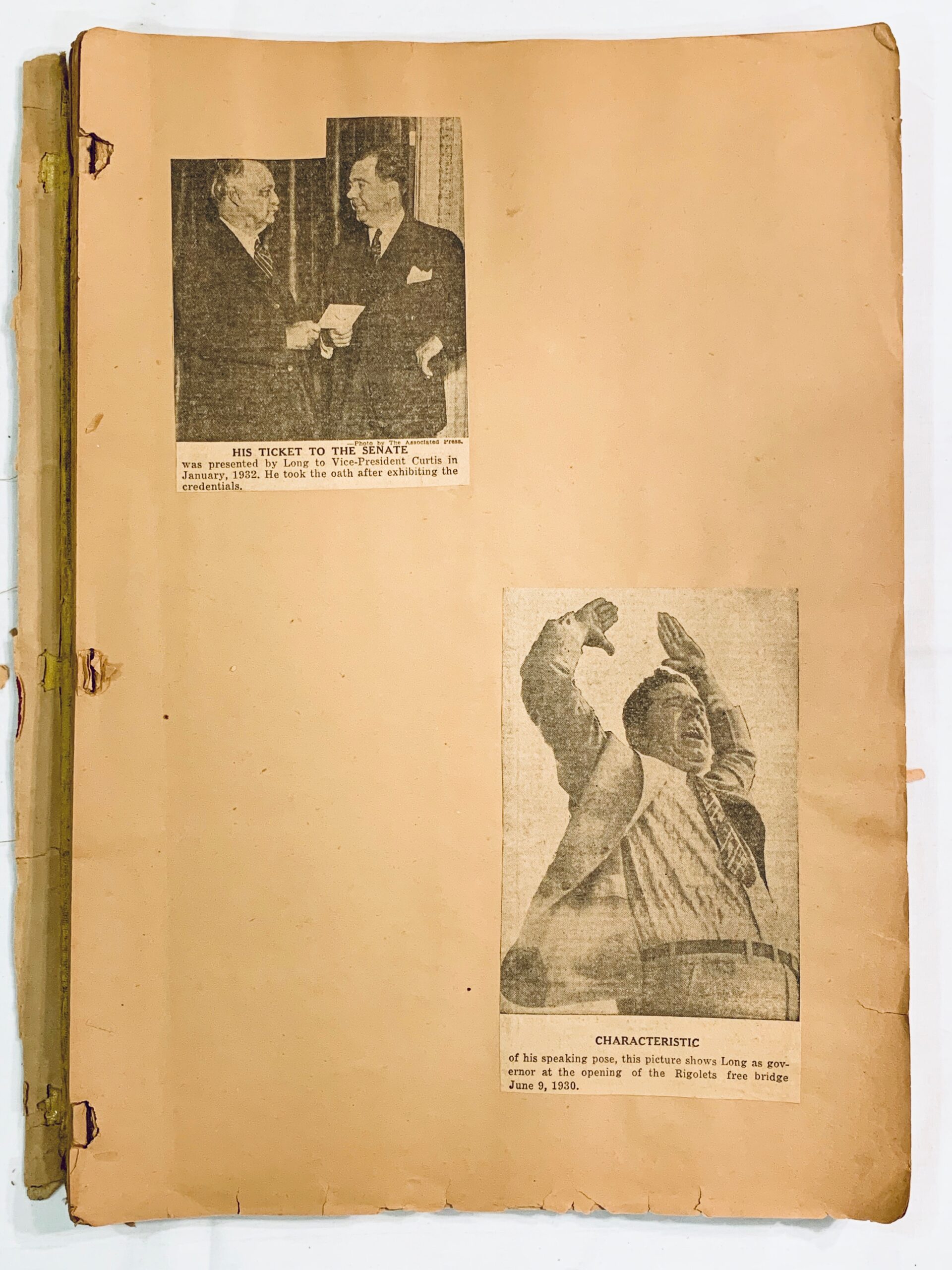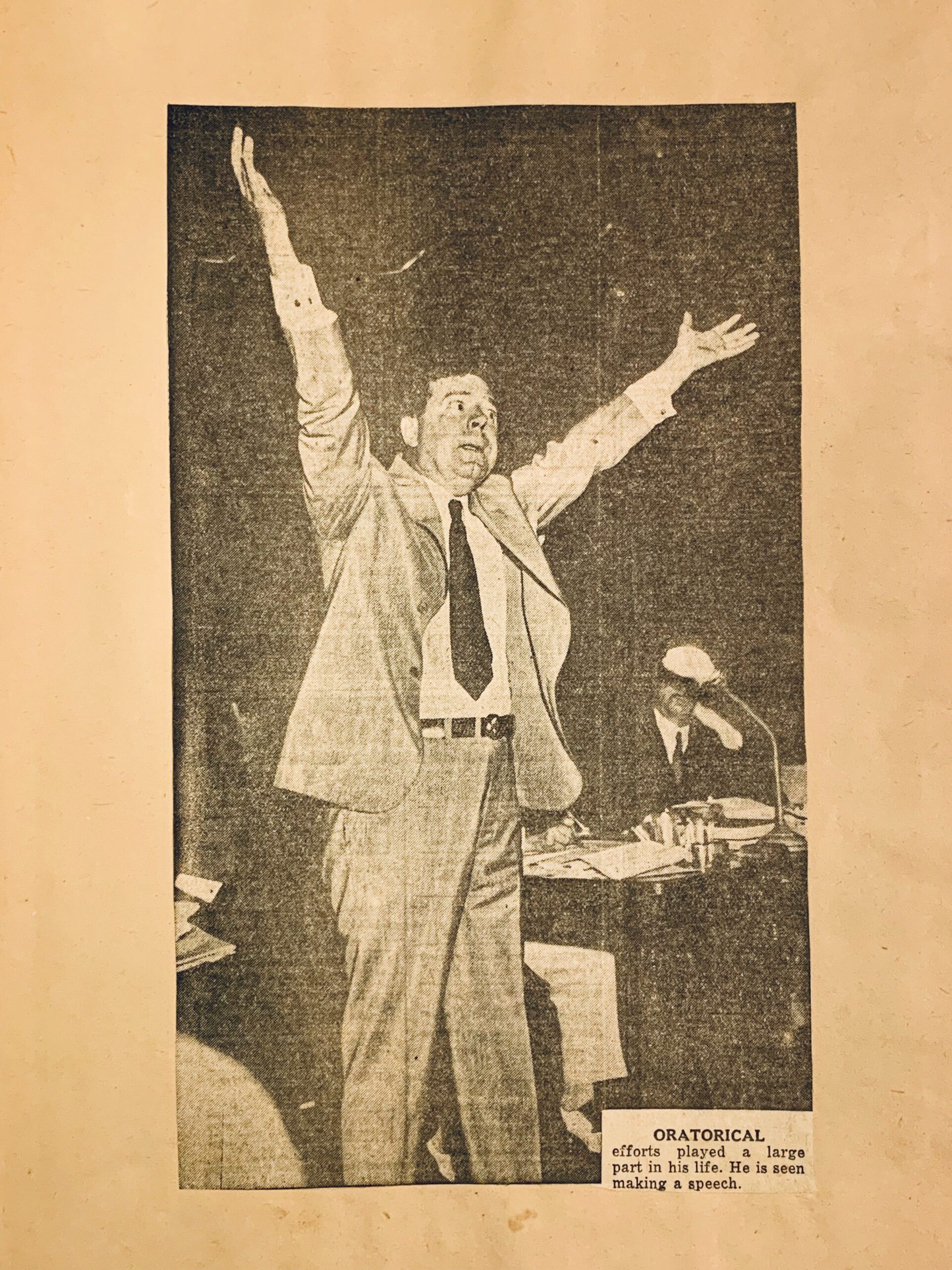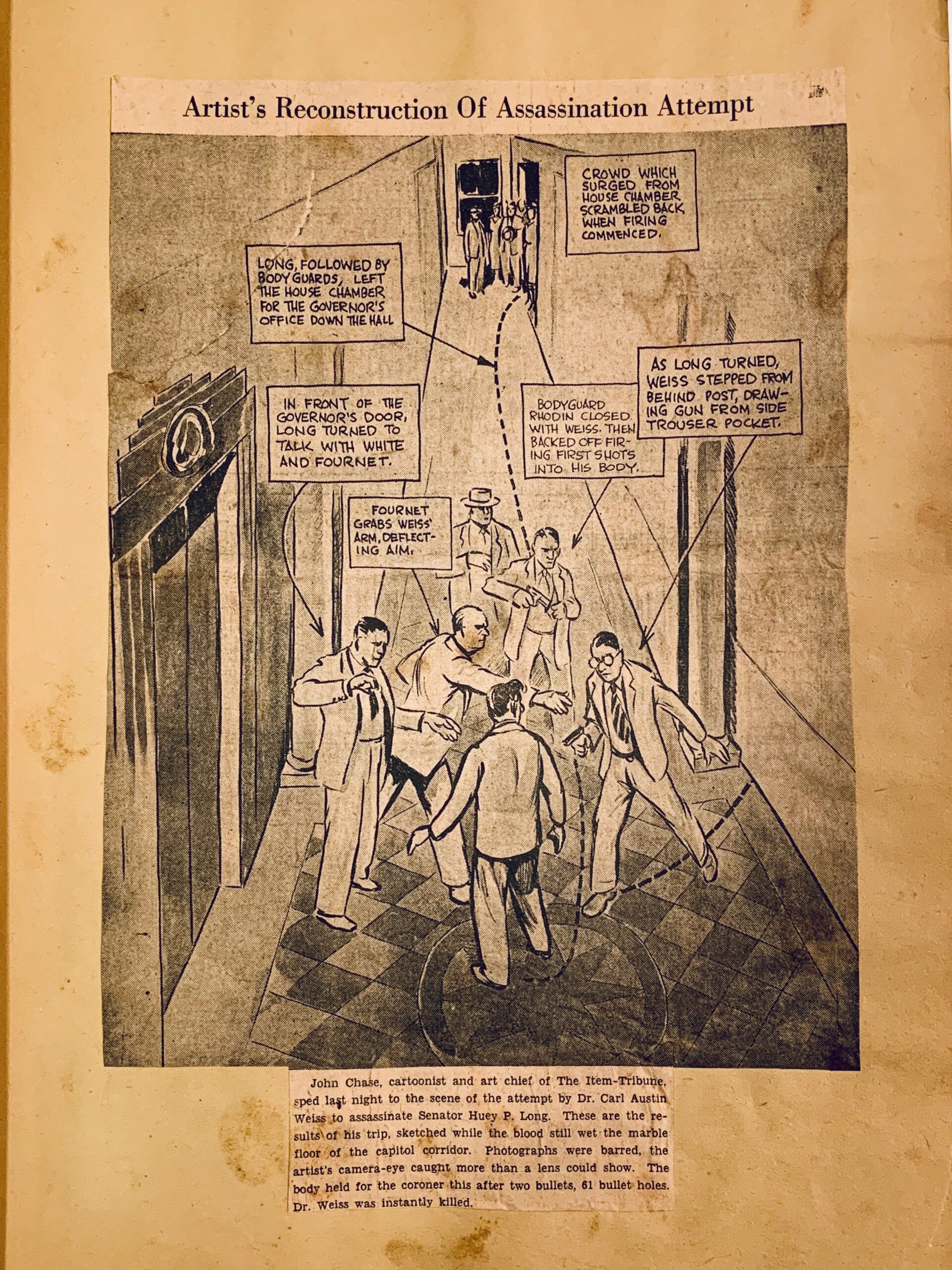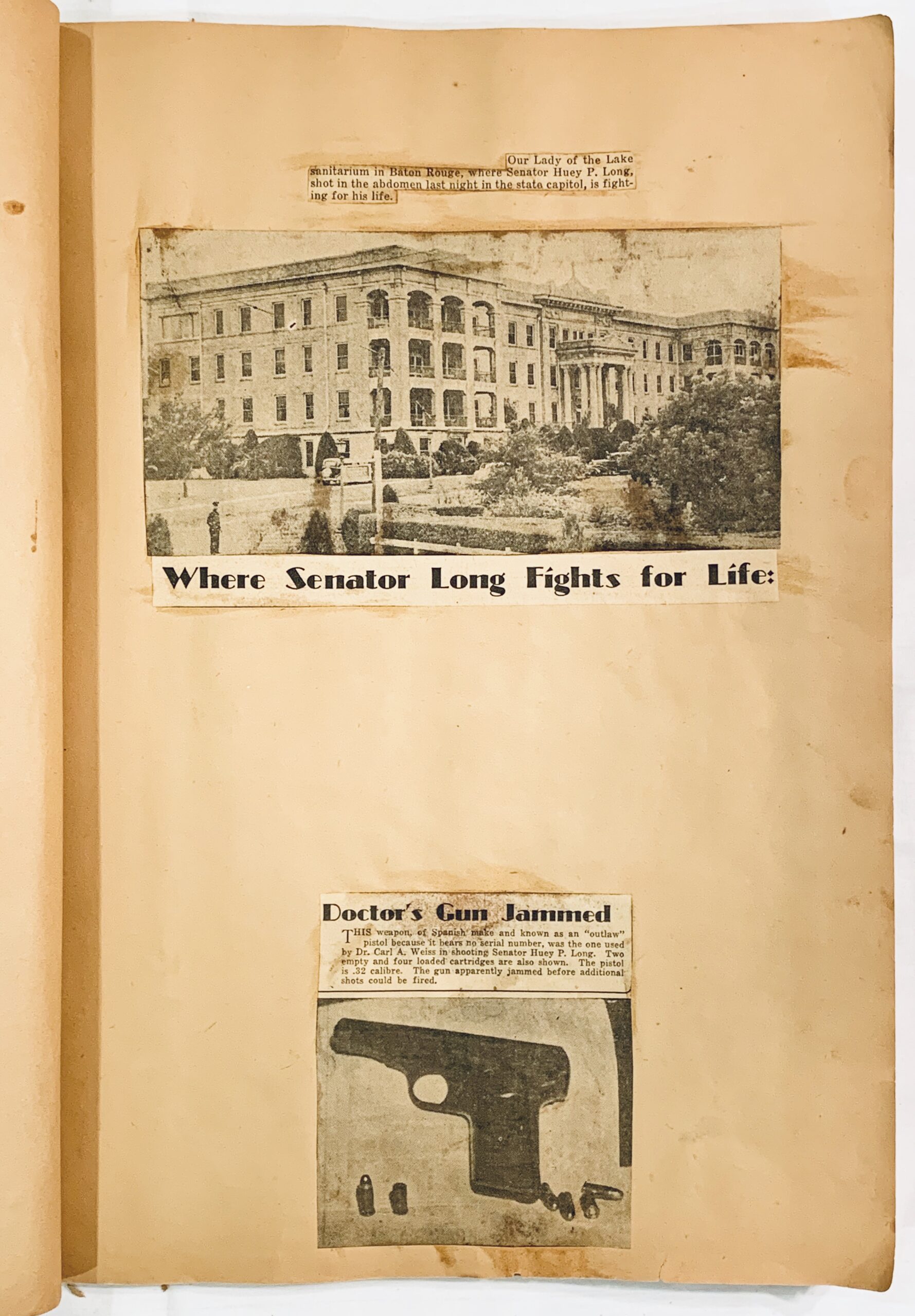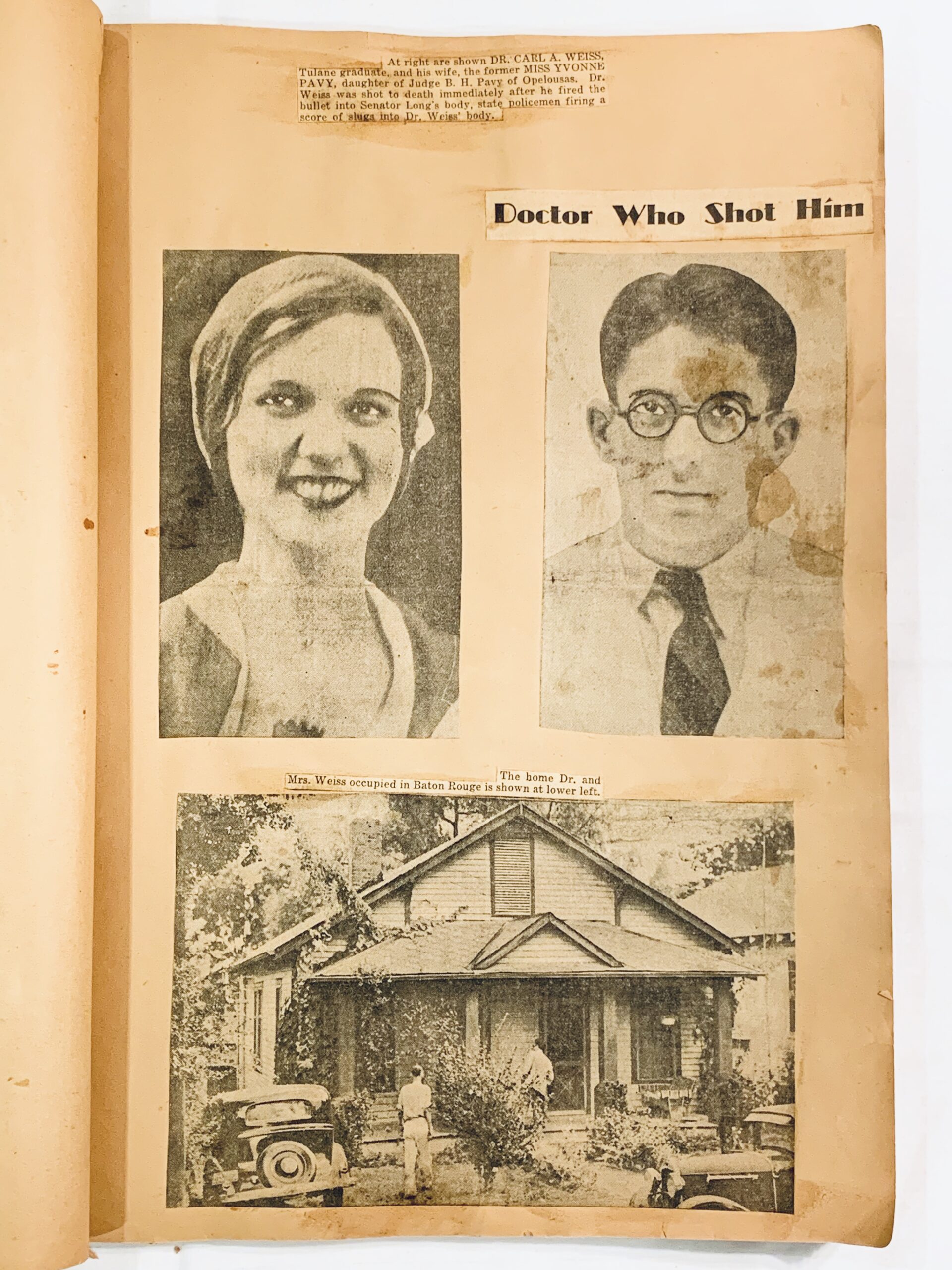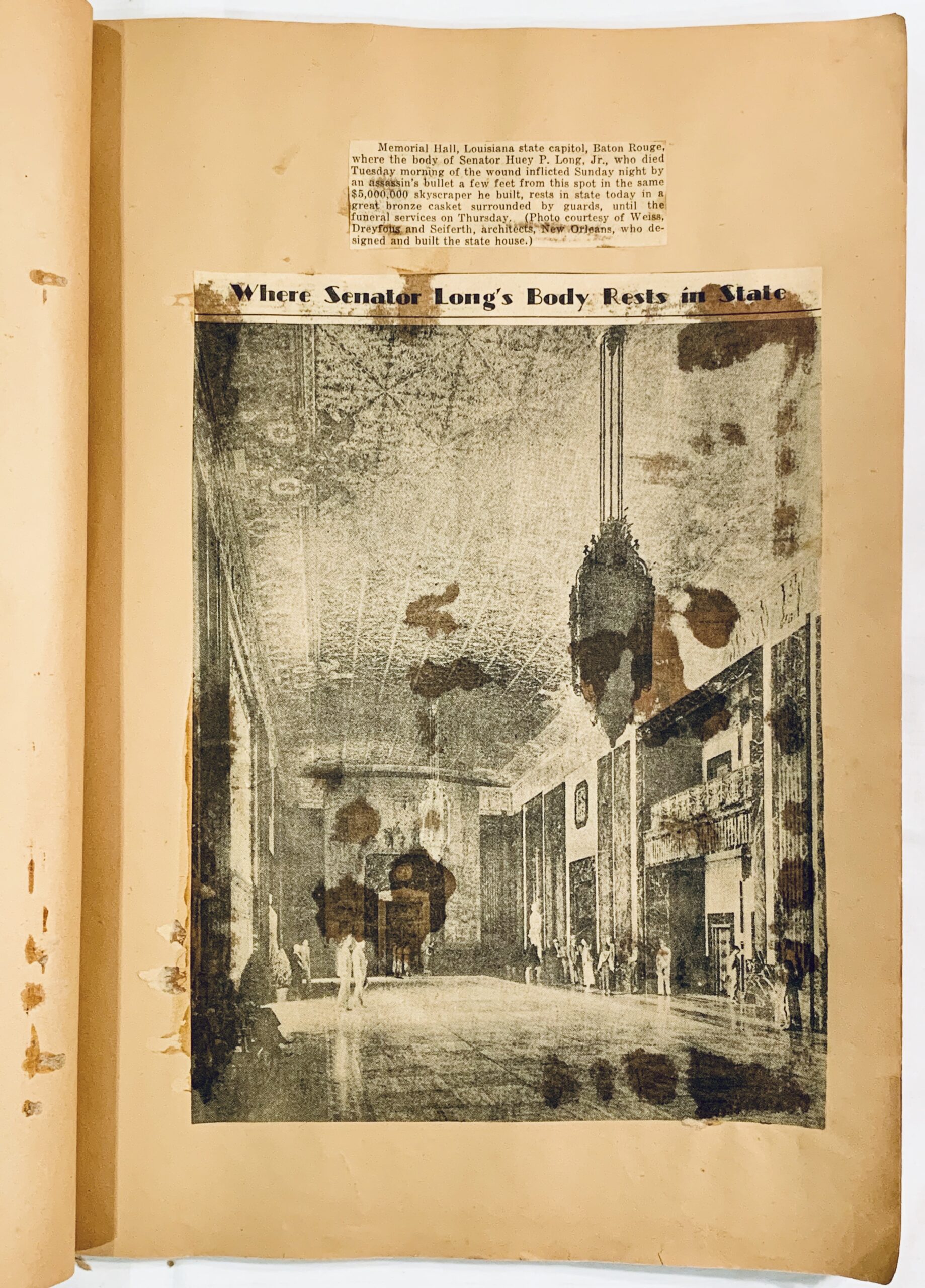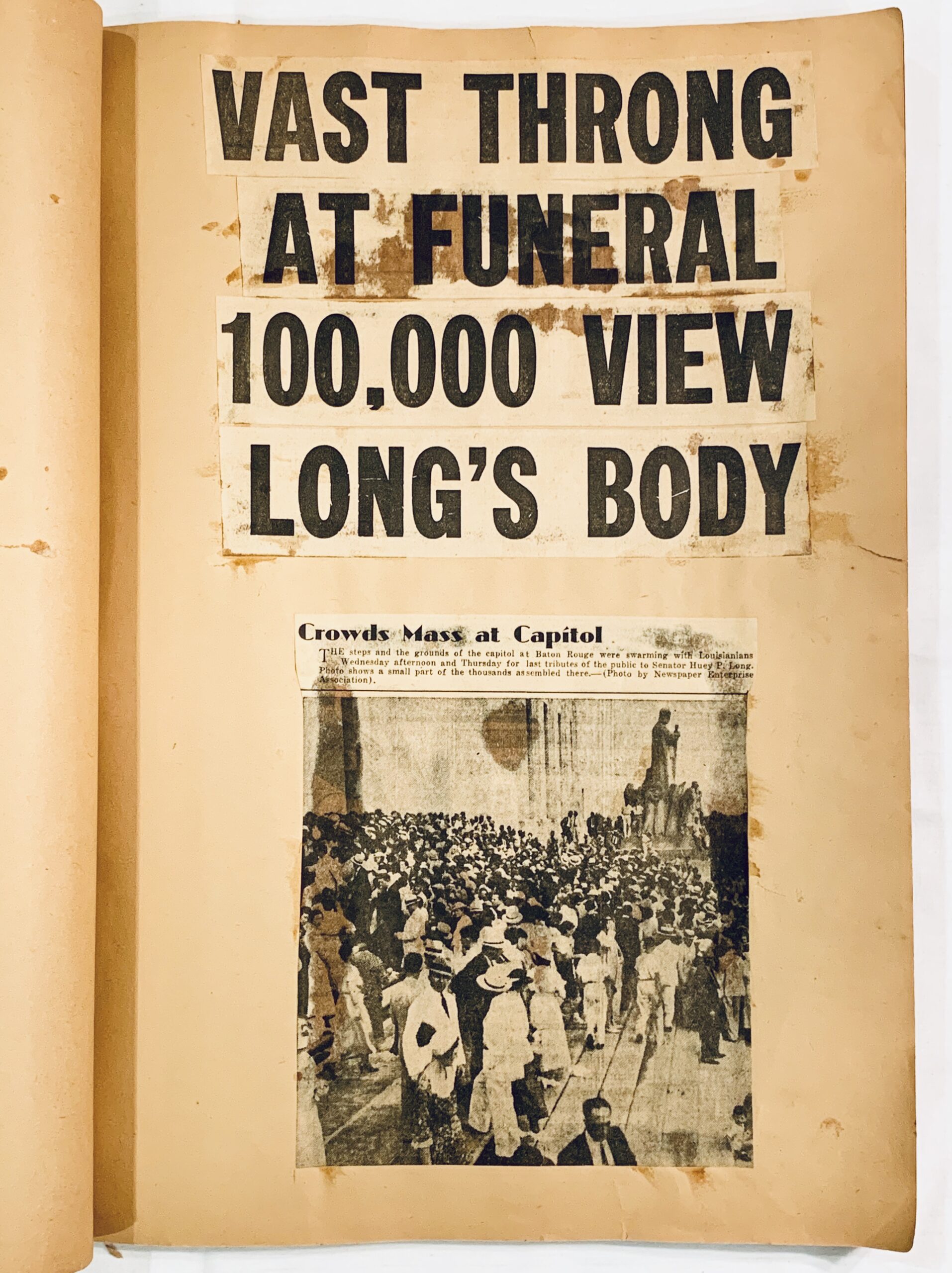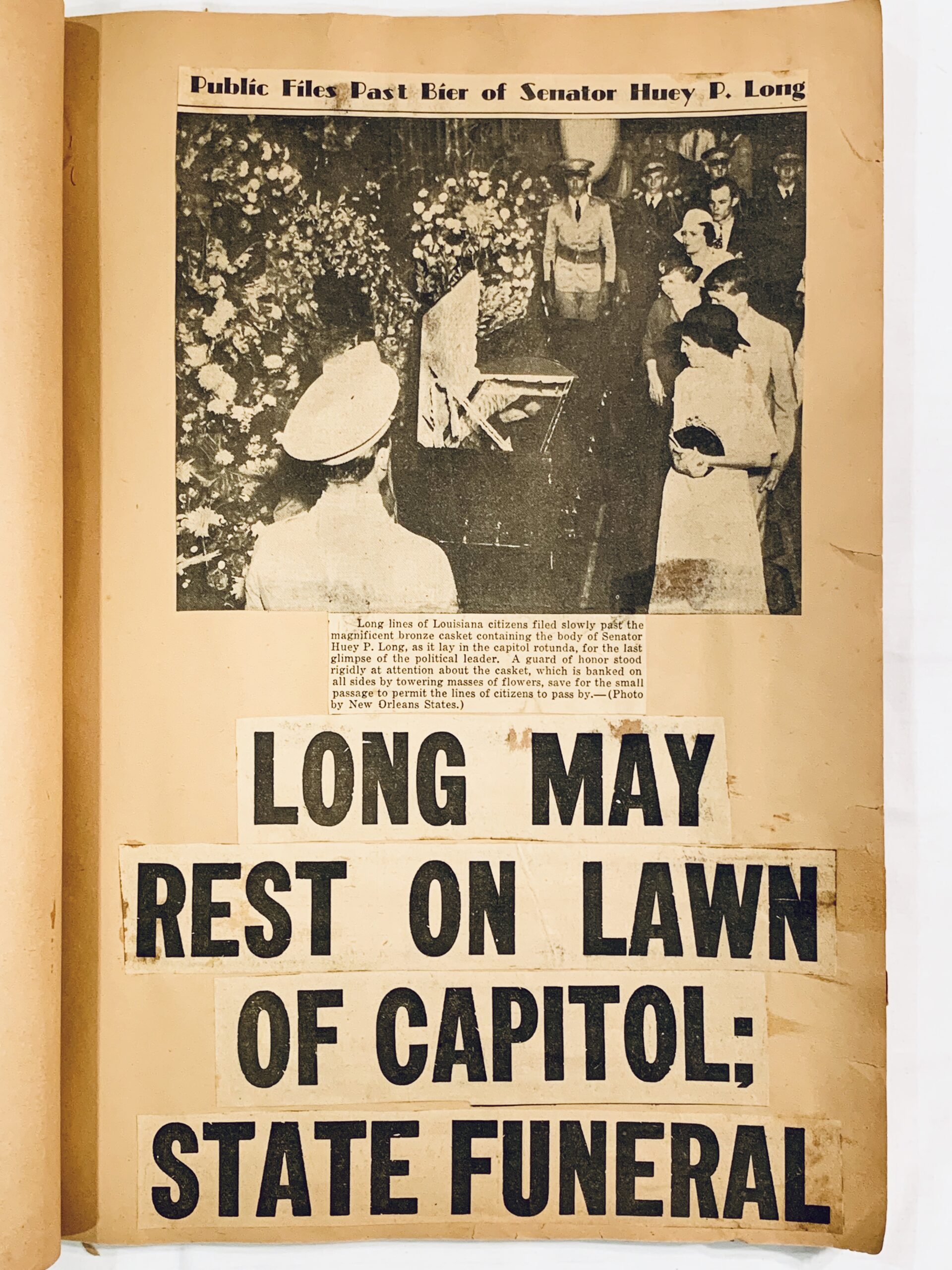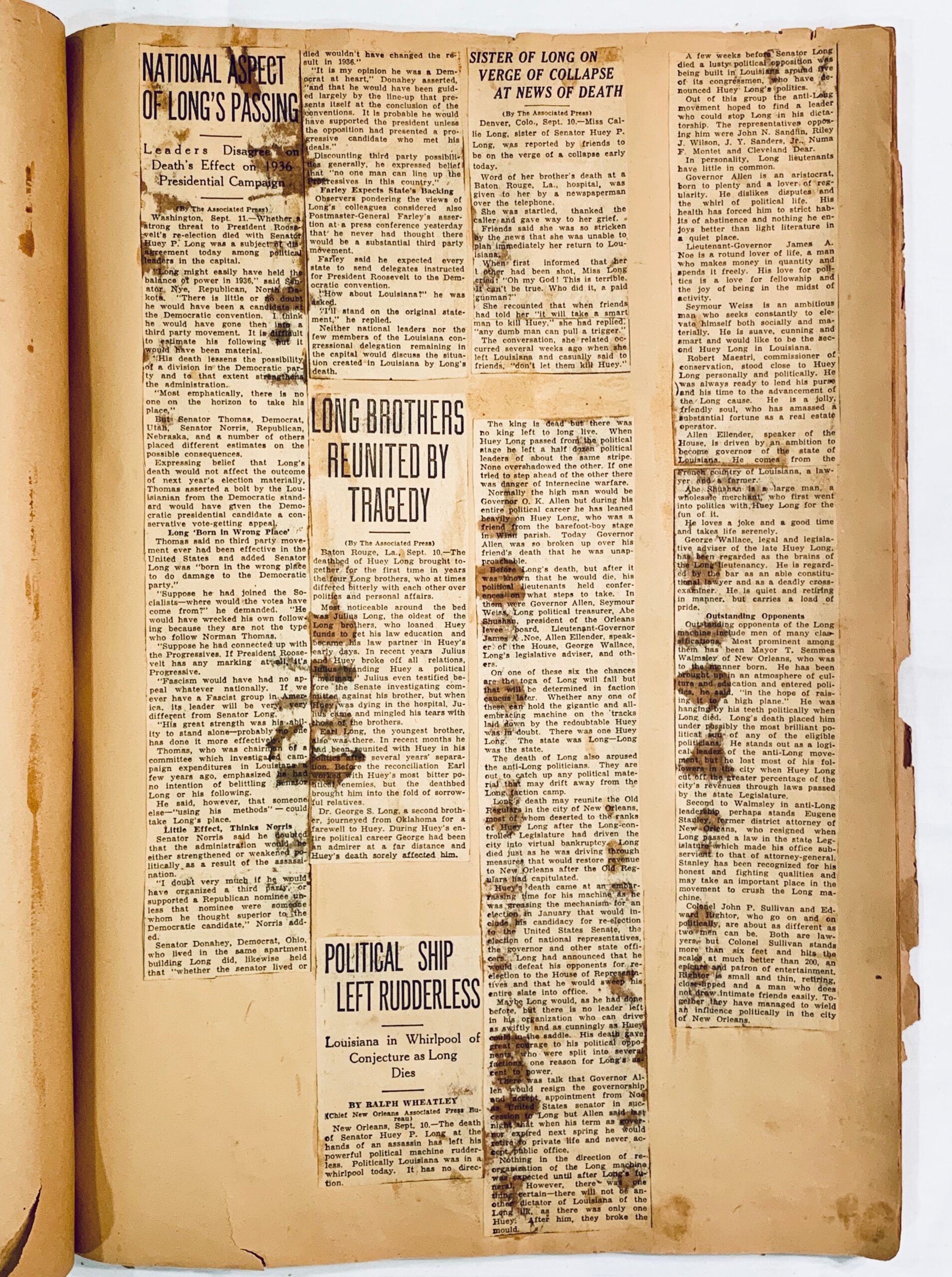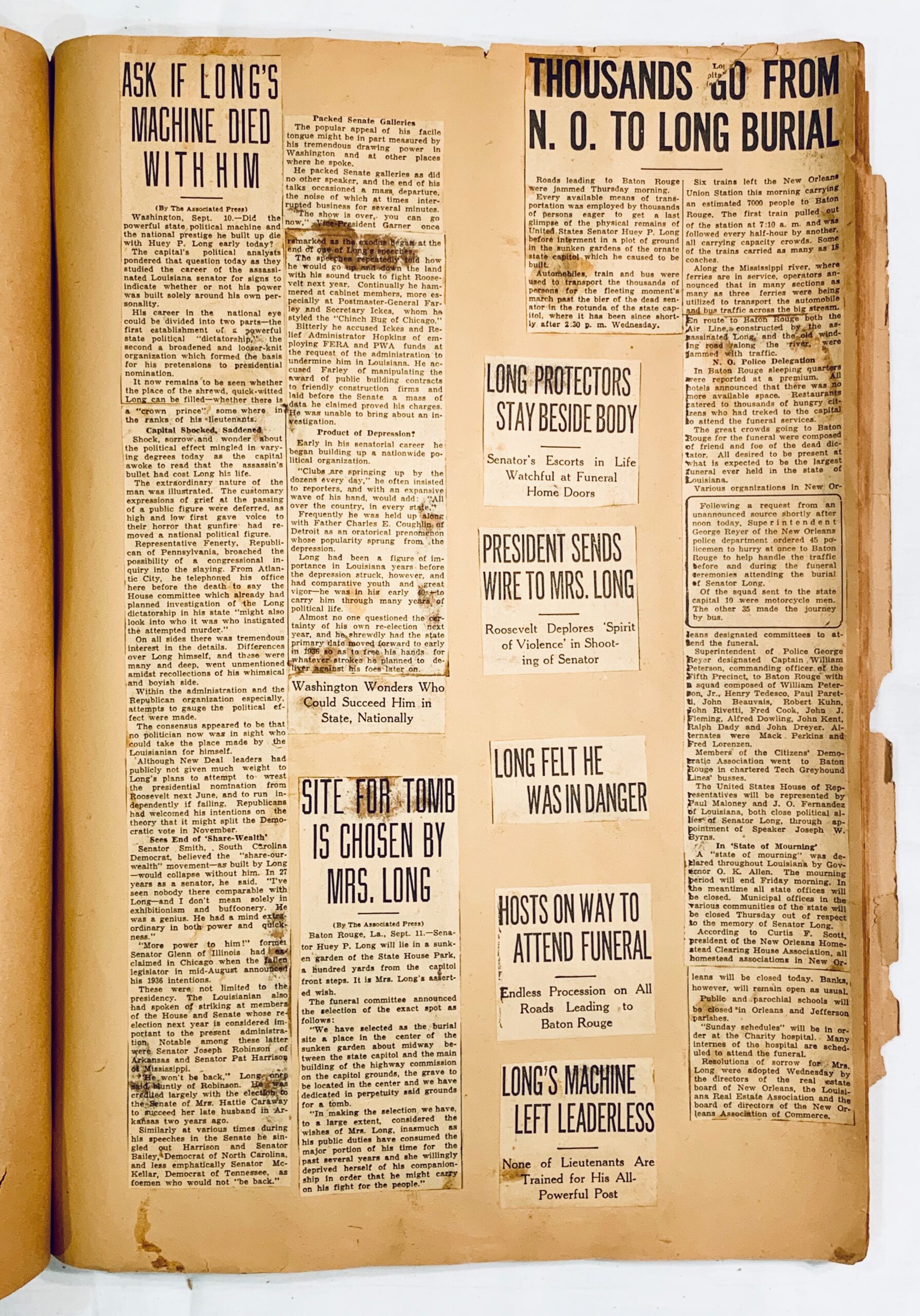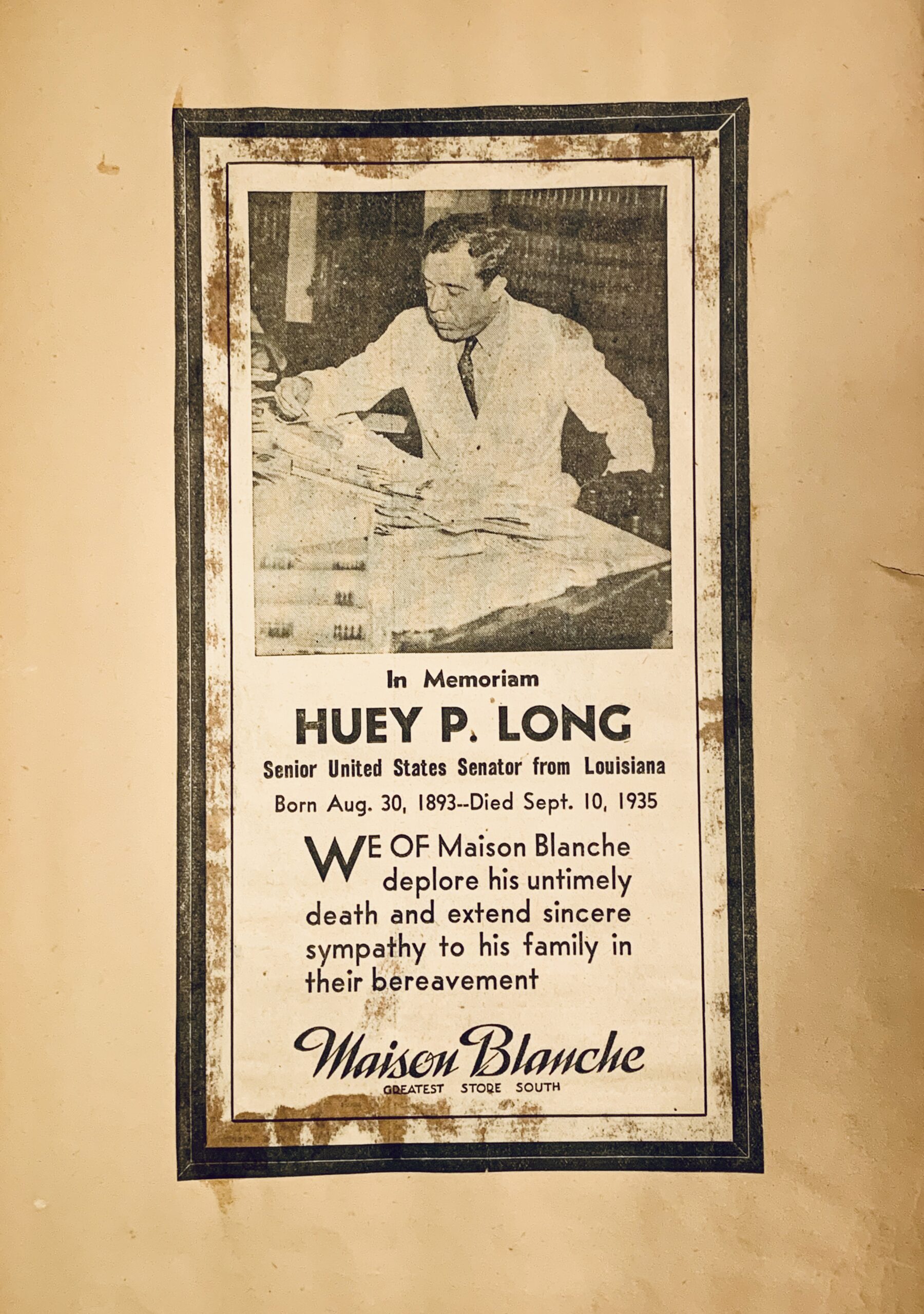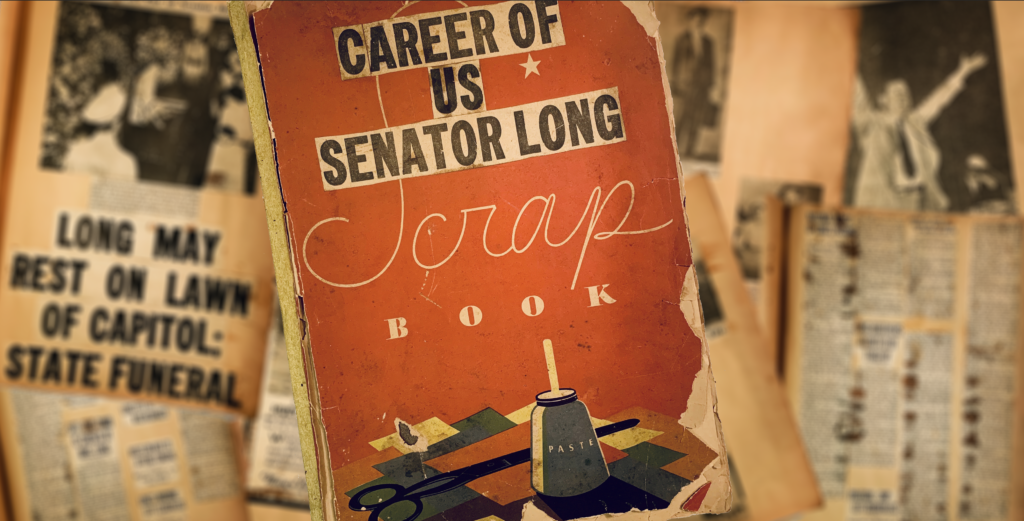
Publisher’s Note: 85 years ago today, at precisely 4:10 a.m., U.S. Sen. Huey Pierce Long, Jr.—a politician once considered the closest thing to a dictator to ever emerge in the United States, a country boy from the forgotten hinterlands of north Louisiana who brought his home state into the modern era, a populist who preached about making every man a king and sharing our wealth, a man that President Franklin Roosevelt thought to be one of the most dangerous in the country and that former President and Chief Justice William Howard Taft considered “the most brilliant lawyer who ever practiced before the United States Supreme Court,” the Kingfish—died in a Baton Rouge hospital.
For 43 hours, Long fought for his life, and it had appeared, at least initially, to be a battle he’d easily win. After being struck by a single bullet during the pandemonium that erupted between his bodyguards and an irritating young physician in the new state Capitol, his new state Capitol, Huey had been able to walk right out, saunter down the steps, and hail himself a cab to take him to the hospital. He’d been lucid right up until the end, sharing his thoughts about a recent spat between a group of legislators and the governor he’d gotten to hold his seat, O.K. Allen, and about the new book he’d written, My First Days in the White House.
But after the fifth blood transfusion, he weakly asked someone to please bring his children to him and then muttered what would be his final words, a plea to the Almighty. “God, don’t let me die,” he begged. “I have so much to do.”
Huey P. Long was 42.
On this, the 85th anniversary of his death, we are pleased to publish a relic from that tragic and pivotal moment of Louisiana history, thanks to J.S. Makkos, who also tells the story of how he discovered this treasured old scrapbook. – Lamar
.
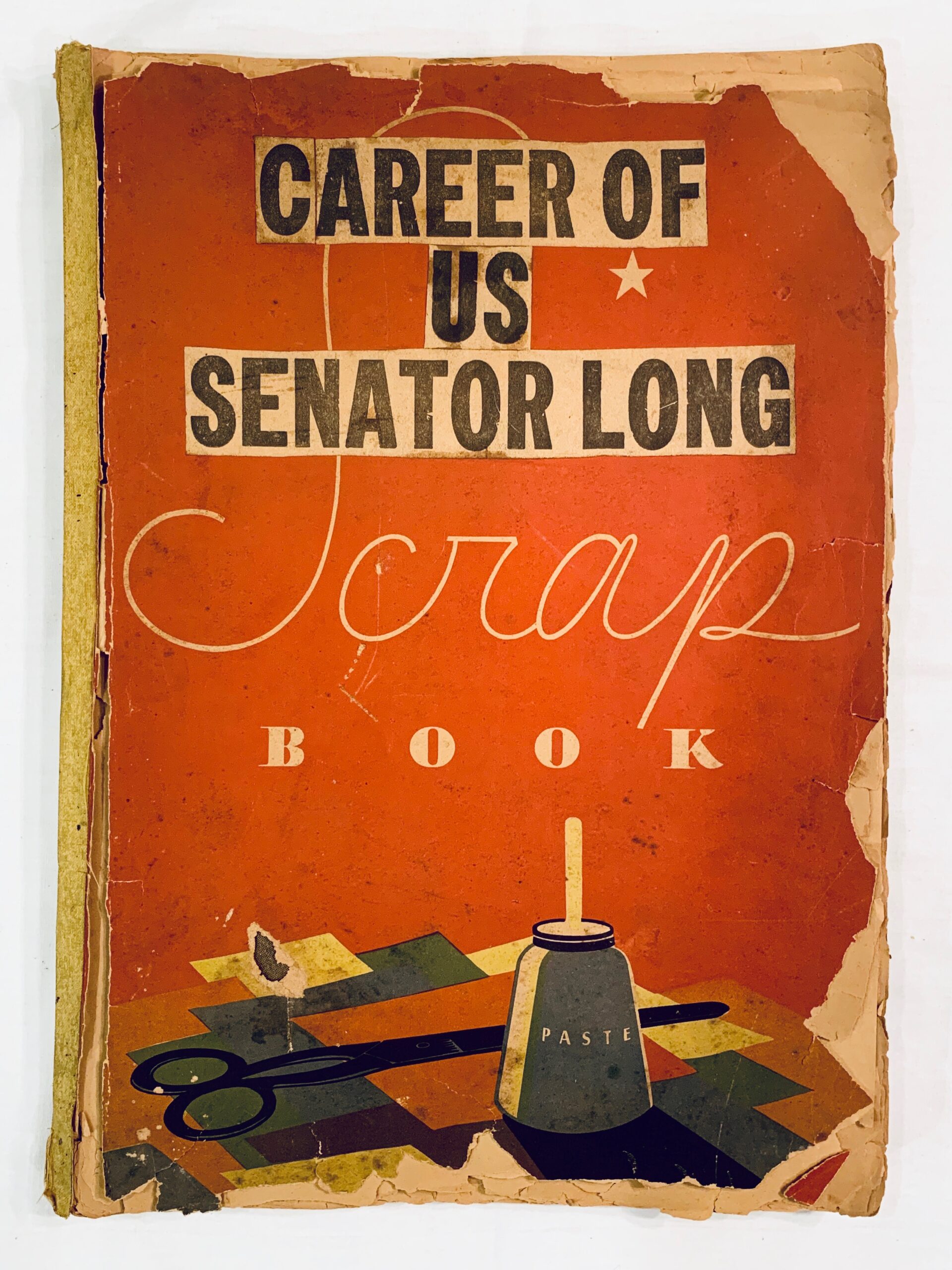
Several years ago, while researching the vestiges of the New Orleans print industry, I decided to look beyond the French Quarter and venture into the oldest part of downtown New Orleans.
I knew that every thriving business district had its local print shops, and I was determined to find out when and where the nexus was.
Already head-over-heels into a particular history of technology vis-à-vis printmaking, I discovered I had bibliophilic leanings, as my interests in saving Victorian-era printing presses and vintage lead-type, some would say, bordered on obsession. I didn’t necessarily have an expensive hobby; I just had a heavy one.
I found myself intent on saving these artifacts of printing history, not because I felt they had a lot of monetary value, more so with the understanding that, along with the wave of gentrification, came the writing on the wall: Real estate was worth more, and the contents of old buildings were just as endangered as the buildings were. I knew this may have been the last chance I had to find these types of old print shops anywhere in the city.
What I didn’t expect, at least at first, was that I’d become equally keen and interested in learning about the people who ran these shops and the customers who kept them in business. What were their print histories? Never mind the writers for a moment, I wanted to know: Who actually made the news? And who was the news made for?
During my research process, I coined a term for the area of downtown New Orleans flanked by what used to be the old Newspaper Row on Camp Street and a number of print shops that had run along Gravier: The “print blocks.”
Part of my work, both as a documentarian and also as a doctoral candidate at Louisiana State University, is to seek ways to archive material culture and then recreate it through Digital Humanities practice.
This work often falls somewhere between history, journalism, and technology, and it flirts heavily with media archeology.
One day that summer, I decided to hit the pavement and do a little street orienteering with some old listings for print businesses I found; geography, after all, was one of the best ways to learn about the historic built environment and business infrastructure. I’d been conducting a street survey of downtown New Orleans when I spotted a three-story building at 720 Union Street with a red “Barnard Printing Co.” logo on the front window.
“Do you have a pricing list?” I asked the woman sitting at the front desk.
“We do not,” she said politely. In hindsight, I should have realized that. This was a real printshop, not a Kinko’s. In some ways, it was like stepping back in time a few decades.
“What about any old, unused printing equipment? Do you have any of that for sale?” I asked.
“Wait right there. Just a sec,” she said. She walked into an adjacent office, and I could hear her telling another woman that someone up front would like to talk with her.
Her name was Jane Barnard Bland, and as I quickly understood, she was the owner of Barnard Printing Company. I explained that I was researching chromolithography and historic offset printing, and I showed her some historic newspaper archives, which I happened to be carrying with me that day.
She graciously took me on a tour of the shop, even bringing me upstairs so I could see the second floor filled with paper and the third floor with thermographic and small offset presses on it.
Barnard Printing had been in business since 1930, and they’re perhaps best known for designing and printing some of the special carnival invitations for the city’s most elite Mardi Gras krewes. Jane’s father had once been the Mimeograph representative for the region, she said. Before she took over the family business in the late 1980s, her mother had been in charge. “A woman-owned shop for over 50 years,” she told me.
At one point, to my awe, she opened a tiny closet door at the bottom of the staircase and teased me with an original mimeograph machine, unopened, still in its original packaging.
My jaw dropped. “Maybe someday I sell it,” she teased.
She appreciated my interest in history and print and seemed delighted to meet a stranger so enamored by all of the dusty machines and curiosities in her family’s old shop.
“I think I have something you might like,” Jane said as she walked back into her office.
She turned her chair backwards and then stepped up on it so that she could reach for something sitting on the very top shelf. When she climbed back down, she set the object on her desk for a second, held it up, looked at it for a bit, and then blew the dust off.
“This was my father’s,” Jane told me. “He was always so interested in Huey Long and his brother Earl. I think he’d want someone like you to have it.”
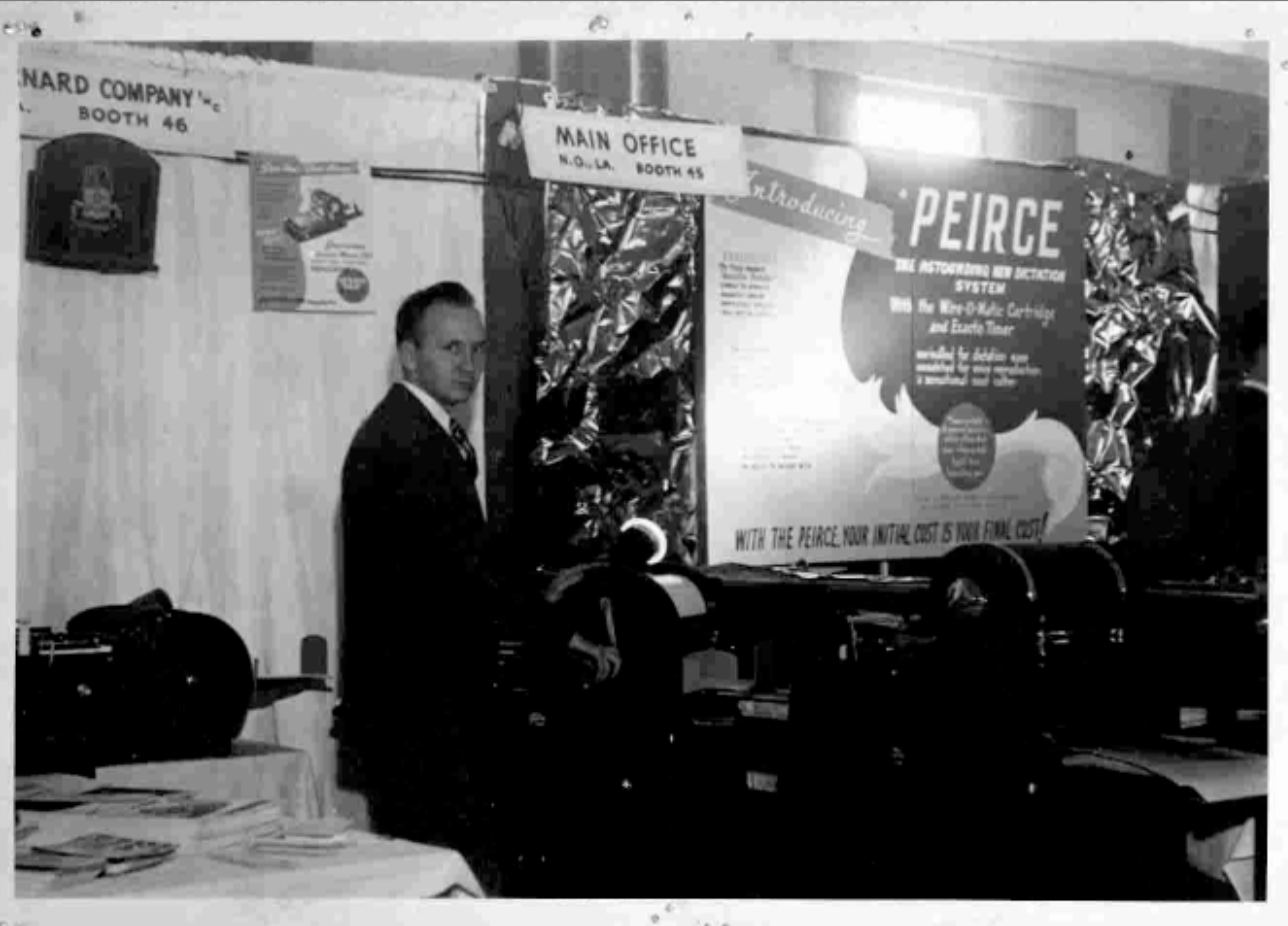
She handed me a beat-up, faded red scrapbook with these words on the cover: “CAREER OF US SENATOR LONG.”
I was honored that she entrusted to me an heirloom of some sort. I’ve kept her father’s book safe ever since, together with other archives and materials related to Huey P. Long and his legacy.
What I present here, in part, is a glimpse into the very scrapbook assembled by Mr. Francis Roland Barnard, some 85 years ago. Sure, it is brittle and deteriorating, but I’ve documented it digitally to preserve it.
For this is not just a material artifact, but also a concentrated collection of newsworthy content—a truly unique and one-of-a-kind document, now made free here for you, on the 85th anniversary of Huey P. Long’s passing.

